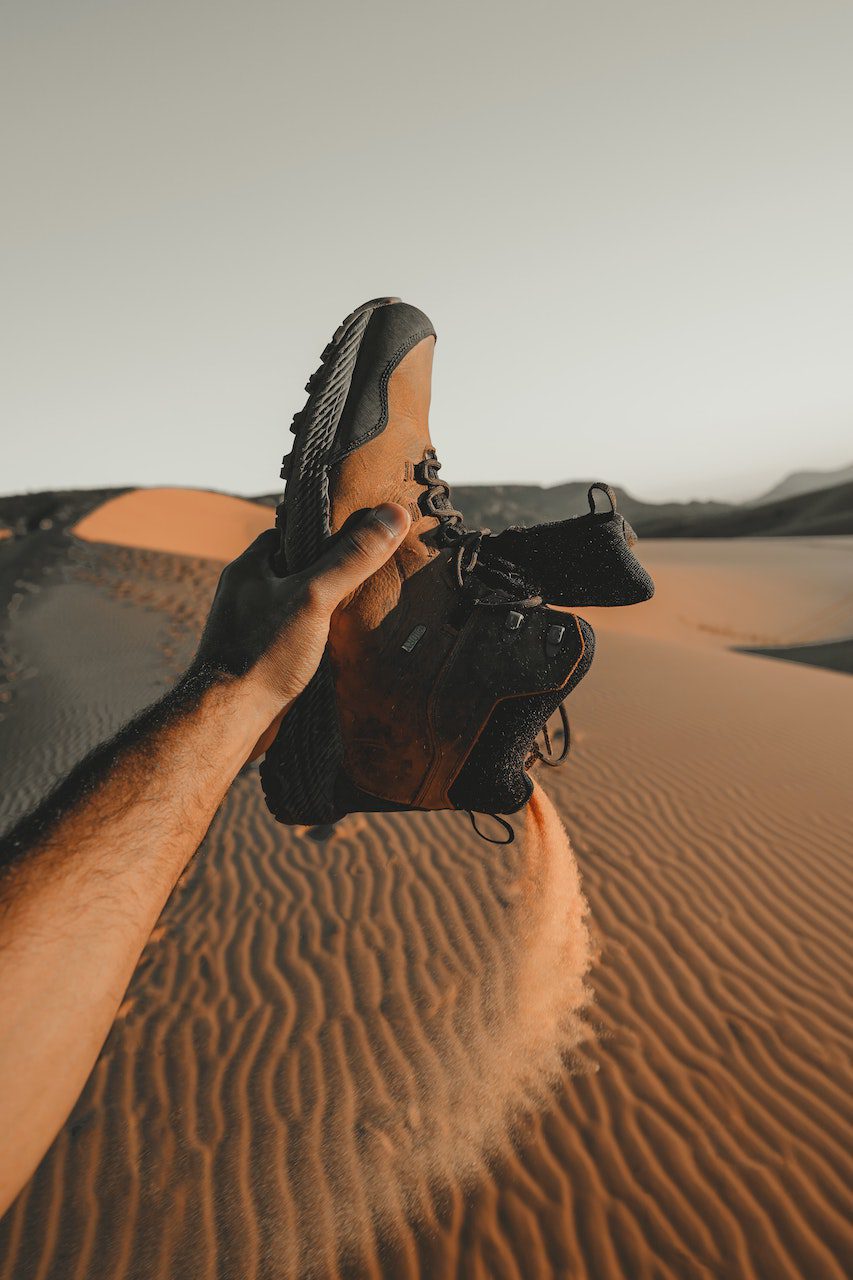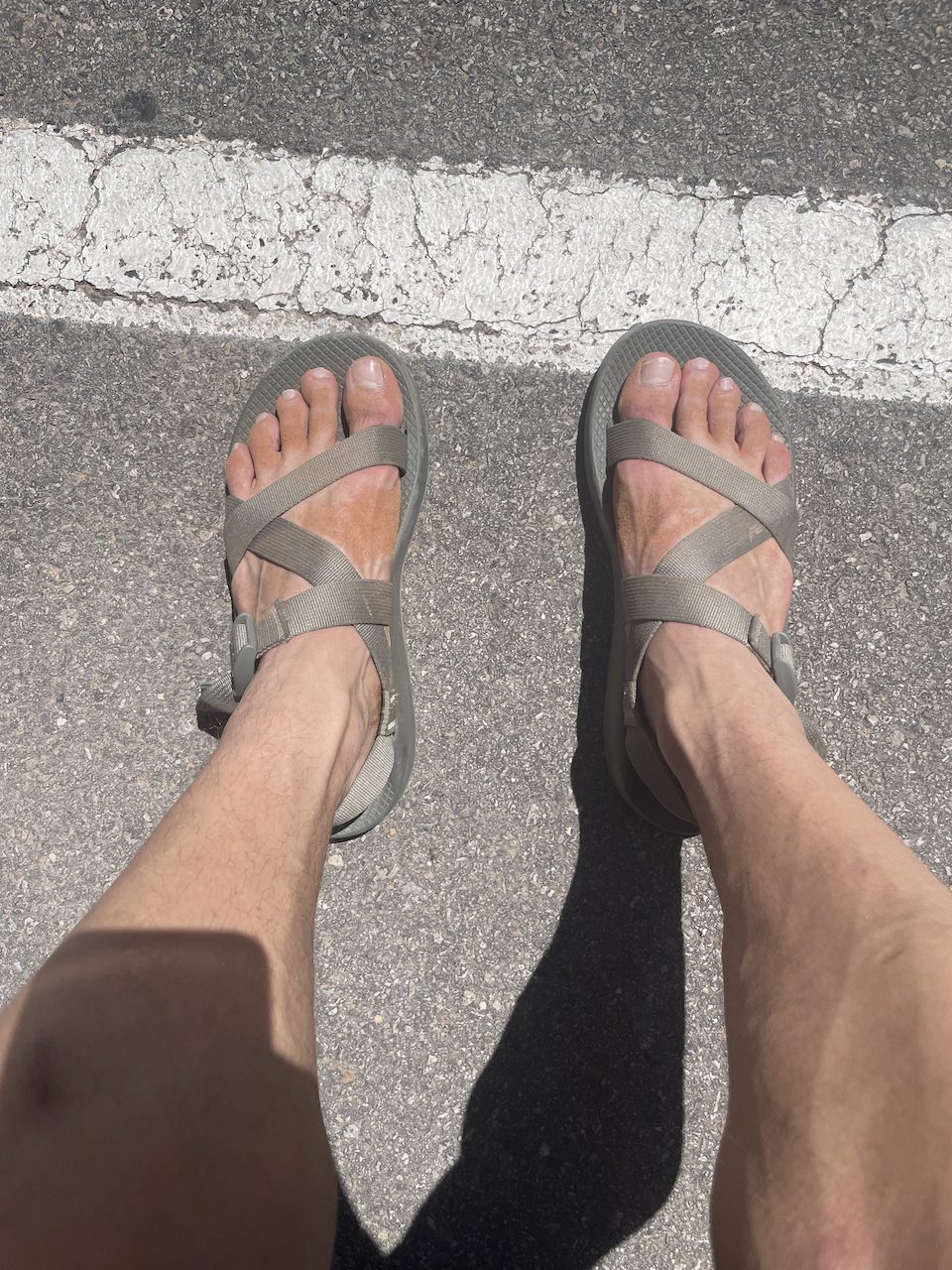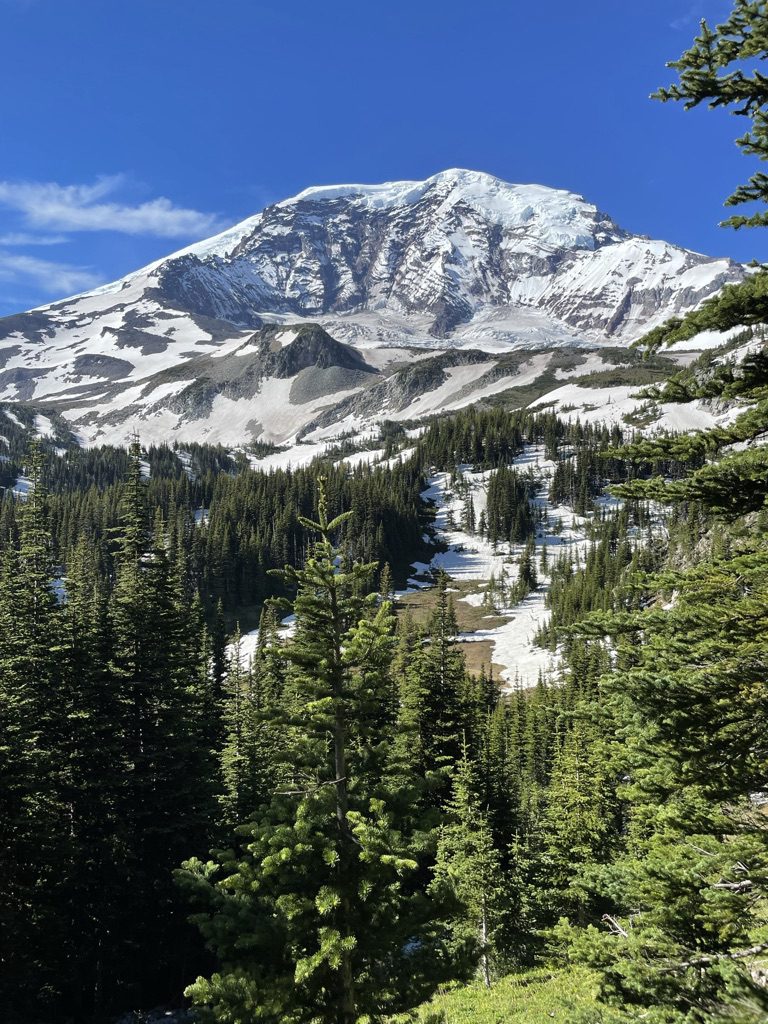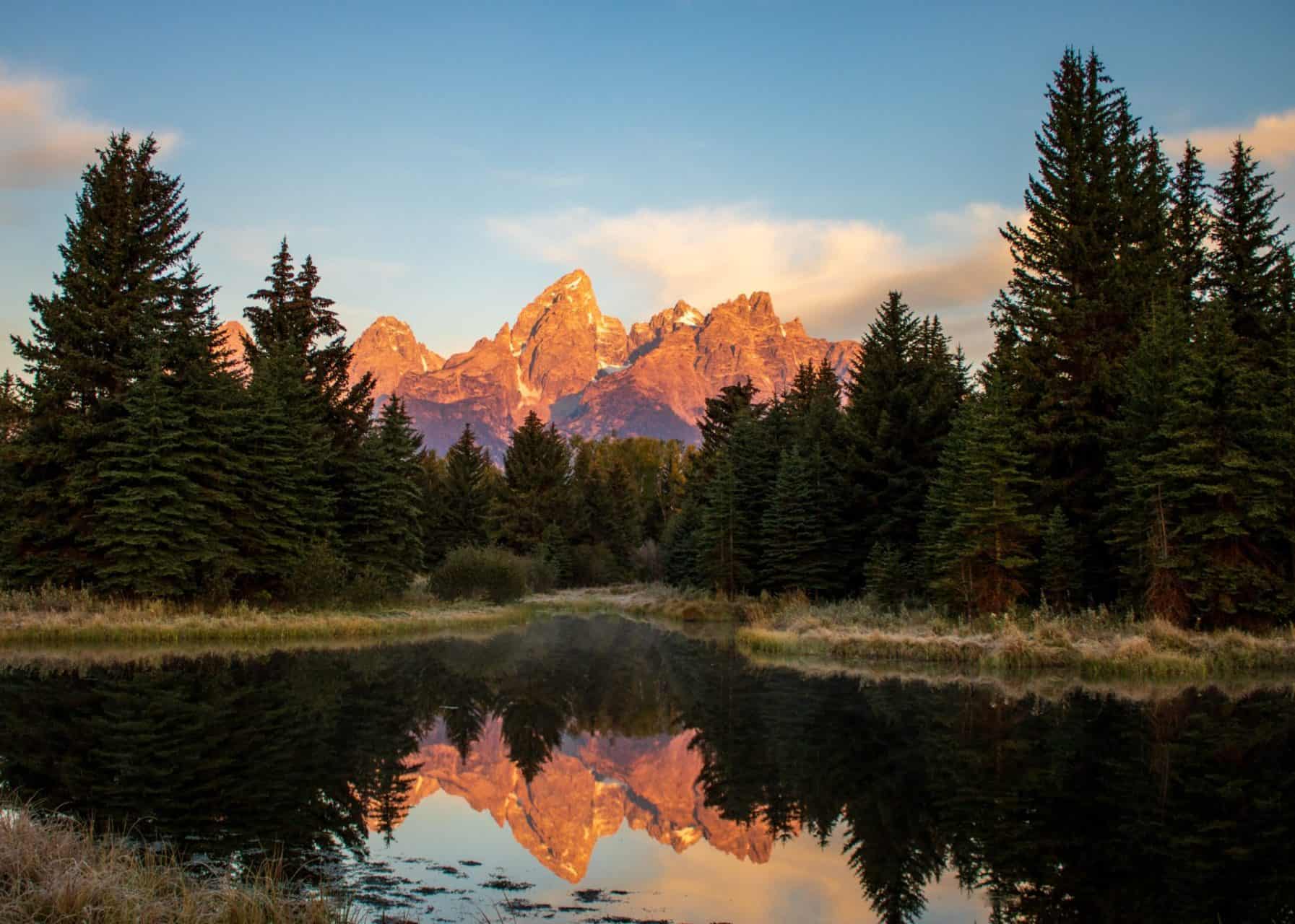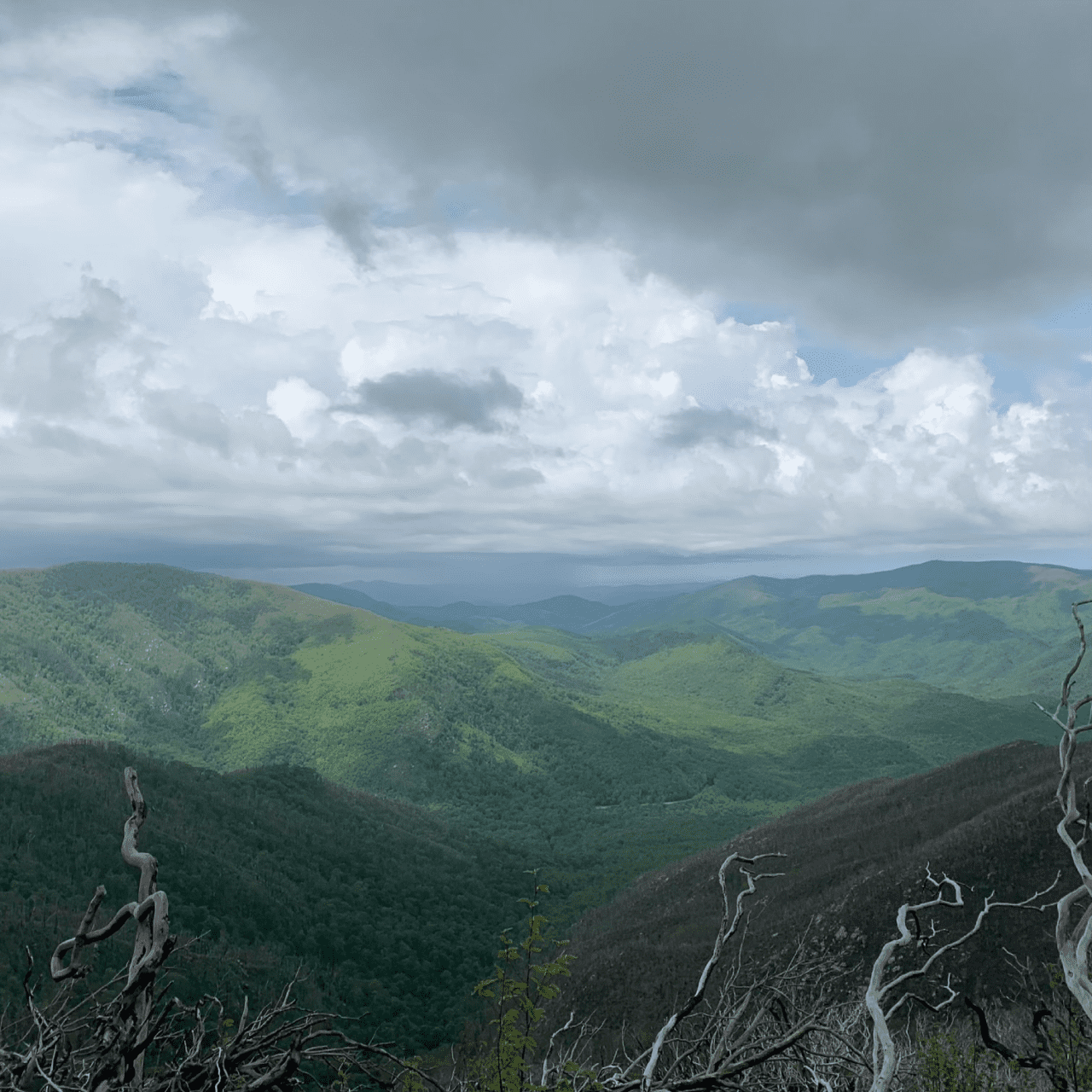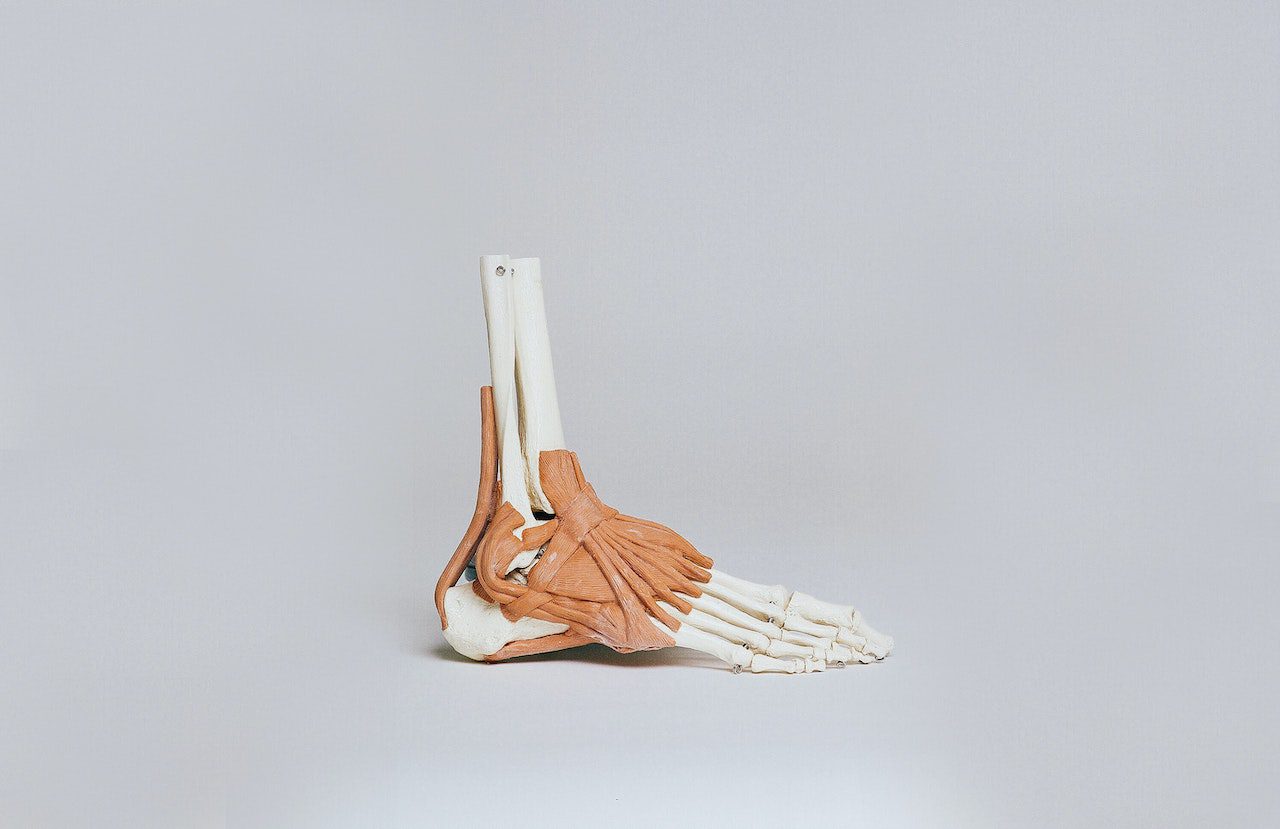
Why Do I Lose Toenails When Hiking?
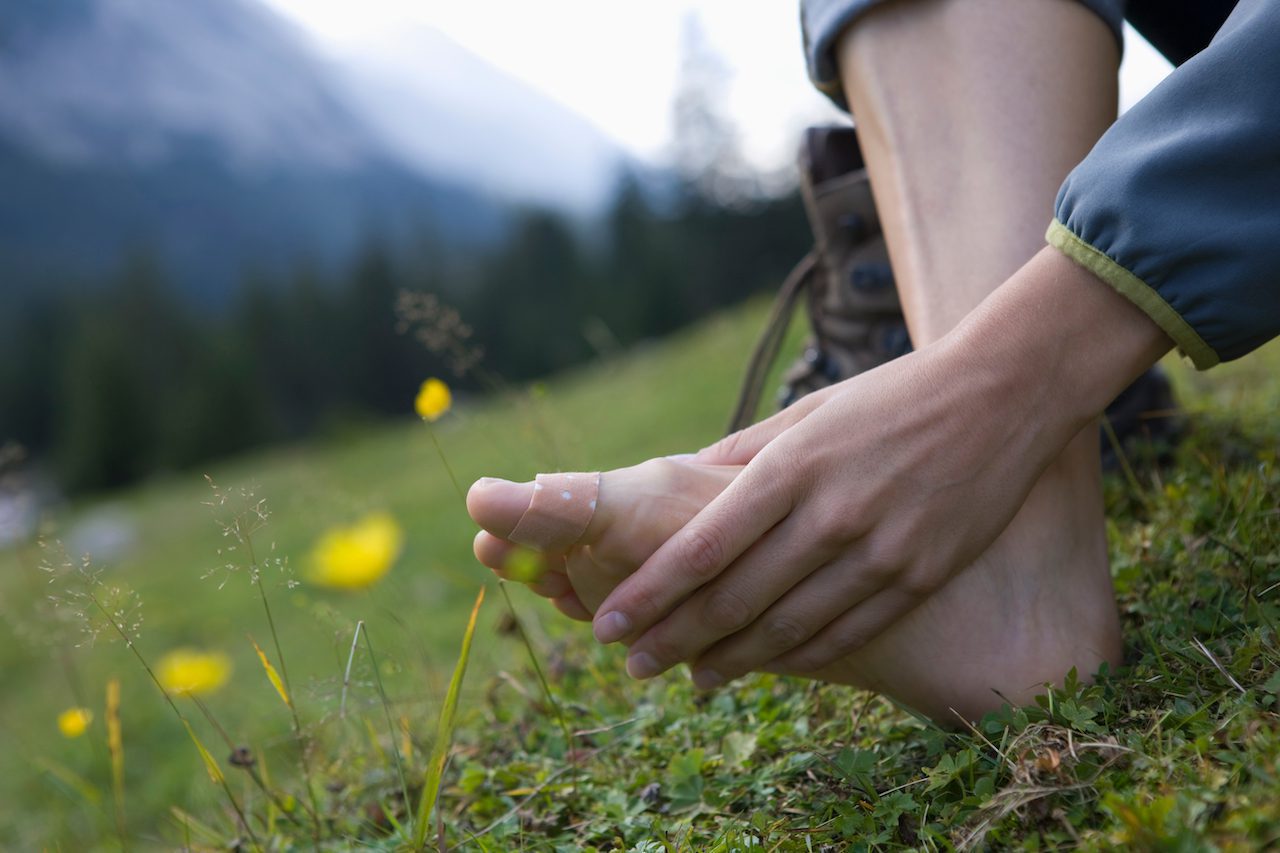
One of the most miserable experiences I have had while hiking was having excruciating big-toe pain while backpacking the Wonderland Trail. My pain started slowly and then crescendoed to the point where every step I took felt like a knife was being jabbed underneath my toenail. Eventually, the pain got so bad that I had to stop hiking to investigate what was happening.
To my horror, I was greeted with a blood-soaked sock and a missing toenail! Some of you, like me, may be wondering why we lose toenails when hiking and how we can prevent it from happening? Well, let’s dive in!
What Causes Toenail Loss?
There are two major causes of toenail loss:
- Trauma
- Fungal Infections
When hiking, trauma from toe-banging is the most common culprit, but toe fungus acquired during a hike can also cause you to lose a toenail.
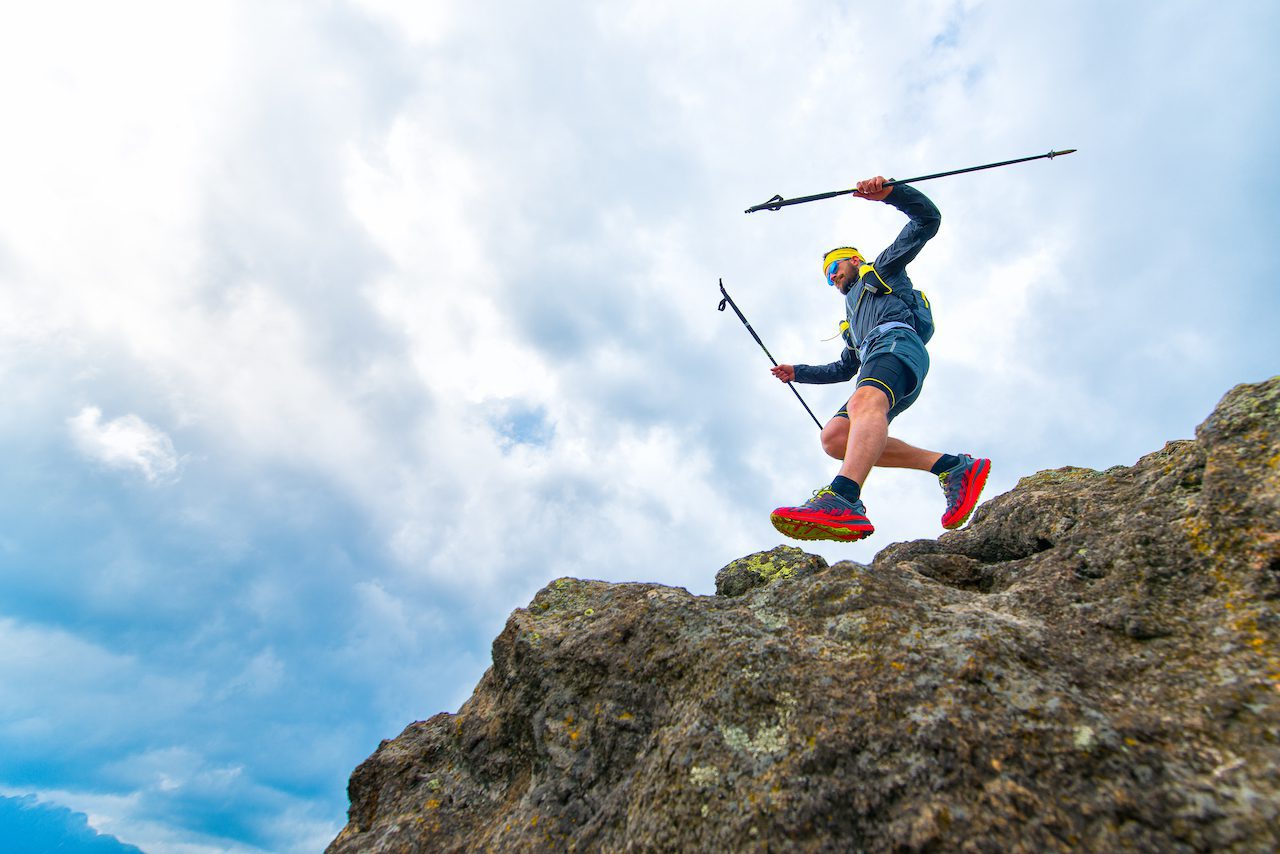
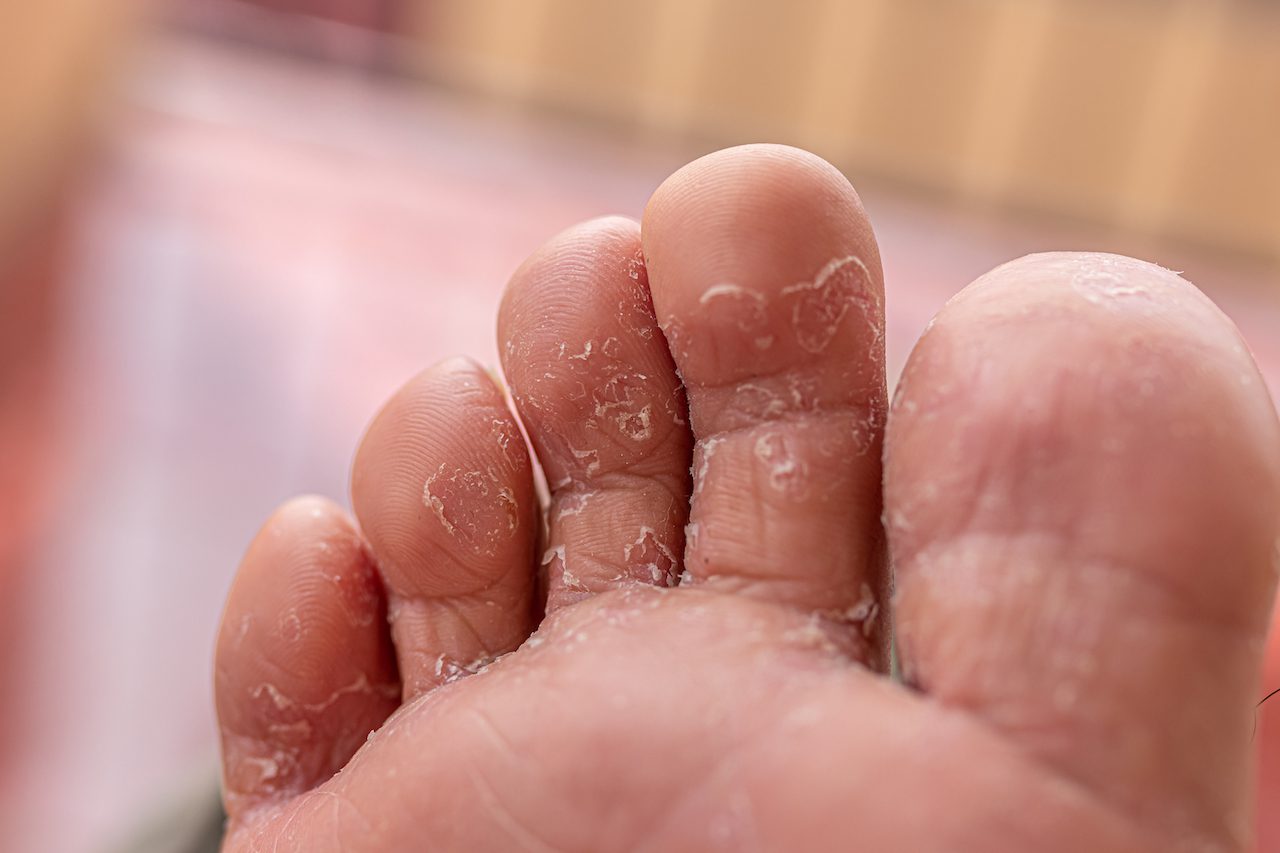
What Is Toe Bang Hiking?
Toe bang hiking is when your foot slides down to the front of your boot, banging into the front of your boot. When hiking this repetitive trauma is a significant contributor to toe pain and if not addressed can cause you to lose a toenail.
How Do I Prevent Toe Bang Hiking?
- Have properly fitting hiking boots
- Tie up your hiking boots correctly
- Clip your toenails before going out on a hike
- Wear properly fitting hiking socks for better traction
- Take your time when hiking downhill
Have Properly Fitting Hiking Boots:
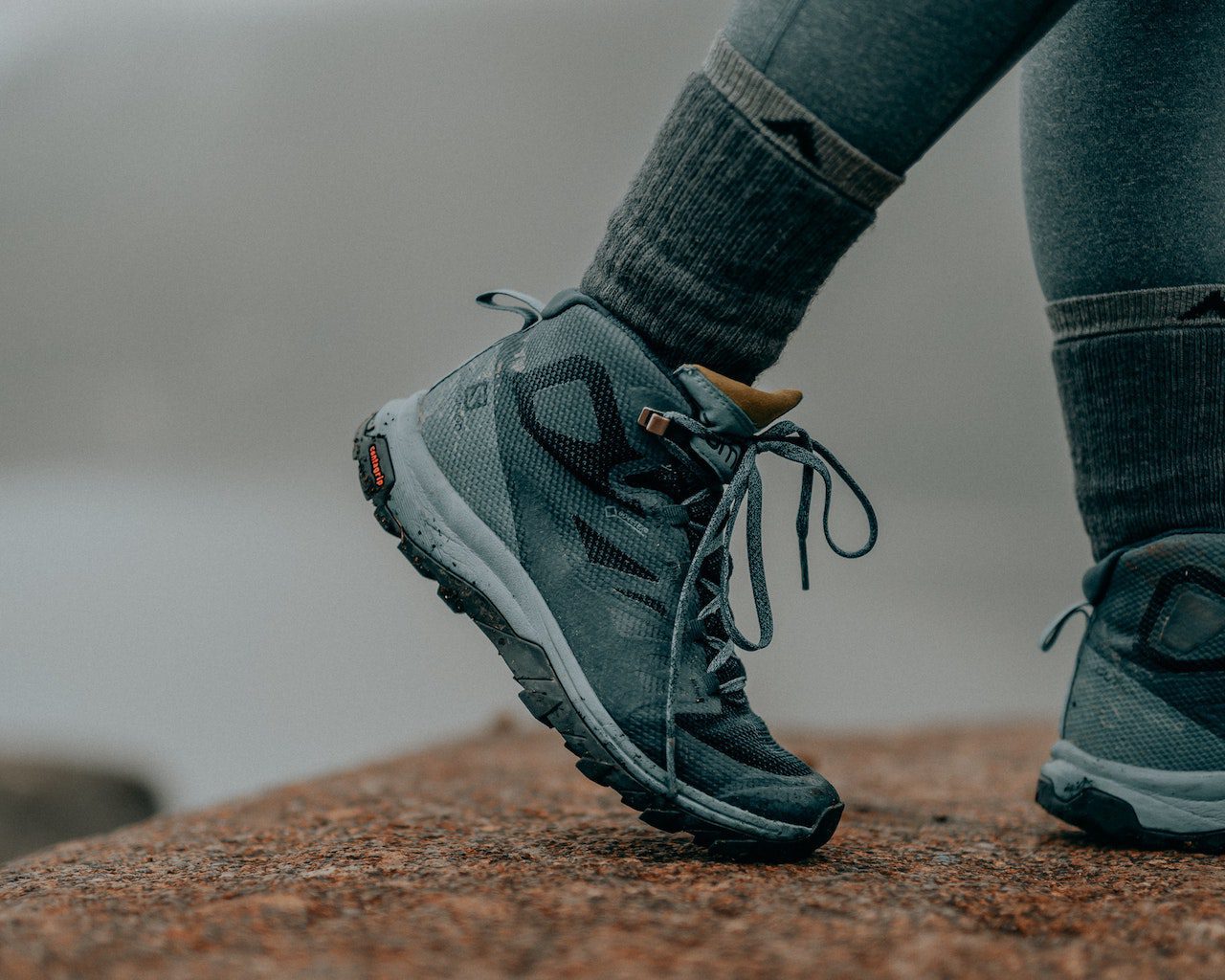
While there are several different contributors to toe-bang hiking, poorly fitting hiking boots are one of the biggest perpetrators. Having hiking boots that are too loose or too tight will cause constant trauma against your toes, especially during downhill hiking. This trauma is one of the biggest reasons you lose toenails on the trail. You can combat this by making sure your hiking boots are correctly fitted. You can check out our recommended hiking boots in our backpacking gear blog.
If you have properly fitting hiking boots but still notice toe pain or blackened toenails, you can take a few other measures to prevent toe-banging.
Tie Your Boots To Prevent Toe Bang Hiking:
You may be thinking, this is ridiculous. I know how to tie my shoes. But this tip saved my toes, particularly when hiking downhill. All you have to do is when tying your shoes put your heel against the ground at 45 degrees with your foot flexed 90 degrees, pushing your heel into the back of your boot. With your heel resting comfortably along the heel of your hiking boot, tie your shoes while in this position. Tying your shoes in this fashion will help prevent your feet from sliding forward and hitting the end of your boot.
There are many alternative ways you can tie your hiking boots. Check out this helpful video for other ways you can tie your boots to help prevent toe bang hiking.
Clip Your Toenails!
No long toenails allowed on the trail! Long toenails increase your chances of trauma from toe-bang hiking and will undoubtedly cause pain. Long toenails were my culprit when I lost a toenail on the Wonderland Trail. I recommend having a multi-tool with a small clipper if you forget to cut your nails before your hike.
Wear Hiking Socks:
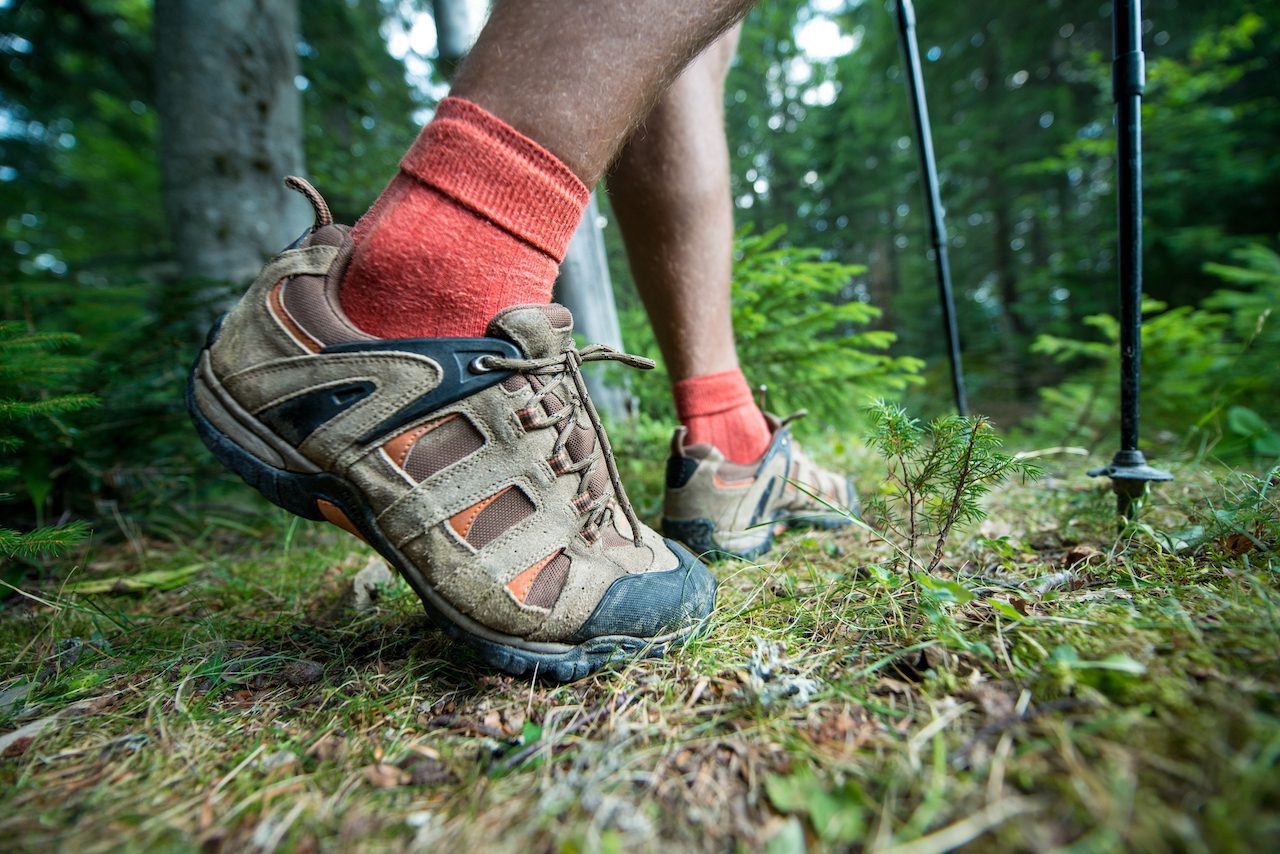
Hiking socks are incredibly functional pieces of clothing to have when hiking. If you want to learn about the benefits of hiking socks and why they are necessary on the trail, you can check out our hiking socks article for more information.
A pair of wool hiking socks can act as a great cushion between your foot and your boot, limiting the beating your toes will take on the trail. Hiking socks also give additional traction to prevent foot slippage and toe banging when on the trail.
Take Your Time When Hiking Downhill:
Taking your time hiking downhill will help reduce toe banging by limiting the force pushing your foot to the end of your boot. Although going slow can be tougher on your knees, a good set of hiking poles can help offset that! If you suffer from knee pain while hiking, you should check out our Hiking With Bad Knees post.
What Can Cause A Fungal Infection When Hiking?

Fungal infections of the nail are another way you can lose toenails. It is unlikely that you will lose your toenails on the trail from this, but it is possible to contract a fungal infection from hiking conditions which can cause you to lose a toenail down the road. Some common causes of getting a toenail fungal infection when hiking include:
- Hiking with wet feet
- Hiking with dirty boots
- Hiking with dirty feet
- Walking barefoot around camp
How To Keep Your Feet Dry When Hiking?
Hiking with wet feet is typically a result of either sweating or external factors such as stepping in a puddle or rainfall. Although we cannot control when it rains, there are a couple of helpful things you can do to help keep your feet as dry as possible when hiking. Such as:
- Keep an extra pair of hiking socks
- Wear water-resistant or waterproof hiking boots
- Use baby powder before you start hiking to absorb any moisture that may arise from sweat
- Wear moisture-wicking hiking socks
Clean Your Boots Before Hiking:
This is an easy one. Before going on a hike, wash your shoes and spray an antifungal to kill any fungus lurking in your boots!
Hike With Clean Feet:
Hiking with dirty feet is more likely to happen on a multi-day backpacking trip but is still easily preventable. You want to be mindful at the end of each day to include your feet when washing up.
Have A Pair Of Camp Shoes To Wear
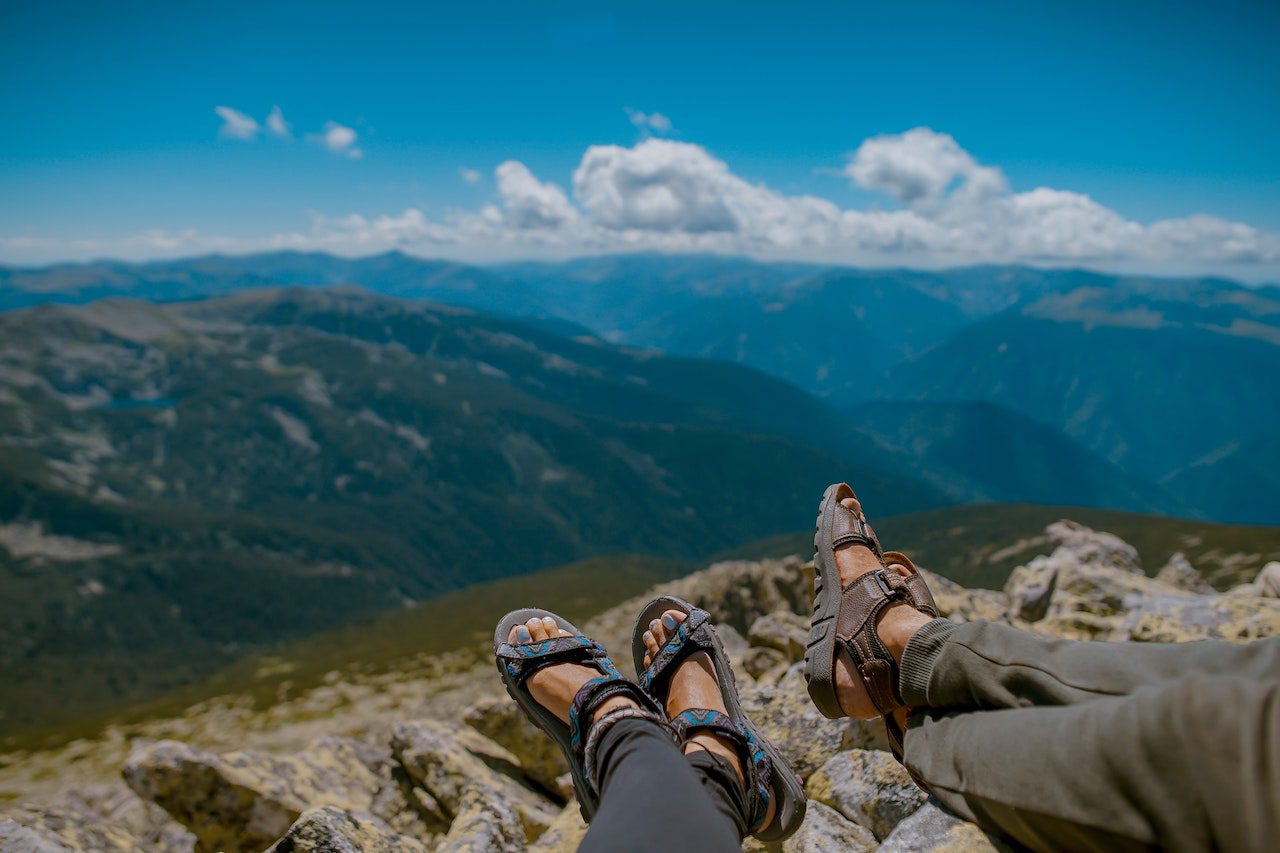
Walking around barefoot at camp is another way to develop a fungal infection. A good set of hiking sandals can be excellent to wear as camp shoes to keep your feet comfortable and protect them from contracting a fungal infection.
What Do I Do If My Toenail Falls Off?
Should your toenail fall off during a backpacking trip, you should keep the area clean and covered, especially if there is more hiking to be done. DO NOT rip off a toenail. Let it fall off on its own, or you can use nail clippers to cut it off. To learn more about toenail care, you can check out this helpful article.
I hope this was helpful for you if you have any other tips be sure to leave them in the comments section!

